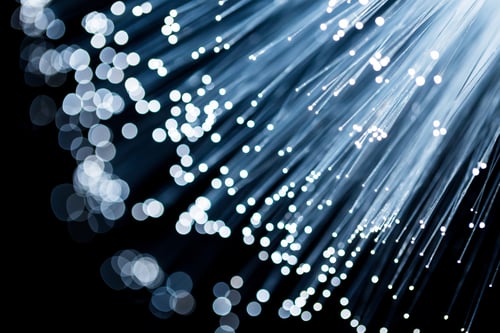As a Quality Assurance Manager for Data Center Systems (DCS), I am excited to share insights about fiber optic connector cleanliness and its impact on optical performance. Several posts have highlighted the significance of connector contamination and how it can affect the overall performance of the system.
In 2007, a study was conducted by Les Assere at Sanmina SCI, and iNEMI published a report on the root cause of fiber optic performance in relation to cleanliness at OFC. This report demonstrated the adverse effects of increased mating of dirty connectors and how it impacted the performance of connectors. The remarkable optical degradation caused by debris is still a vital lesson for my quality team.
.png?width=454&height=342&name=1680304241021%20(1).png)

As technology advances, we can only imagine what the data would look like if we repeated this testing using today's equipment. Nevertheless, the conclusion remains the same- dirty connectors can lead to connector damage that can only be repaired by repolishing. Debris can get impacted into the end face itself, resulting in a significant impact on optical performance.
To ensure that we limit the exposure of connector ferrules to damage during testing, I conduct an exercise with my entire team. We view two clean MTP connectors and then pass the cable around to each team member. They mate it with the other connector without cleaning or inspecting it. After everyone completes the task, we inspect both connectors and show the team how many particles can accumulate just by mating connectors together. This exercise offers a real-time view of why we inspect and clean before performing any testing.
The optical performance in the Data Center is becoming more crucial as the increased bandwidth grows from both usage and increased smaller Edge Data Centers. Cleaning the connectors before testing the unit should always be standard practice, but we all know that sometimes it doesn't happen. However, it is essential to understand the impact of optical performance as the number of times these connectors get mated can sometimes determine the system's overall performance.
A good rule of thumb is to install, clean, inspect, and then test. Following this process, you will get the performance you are looking for nine times out of ten. I want to extend special thanks to the iNEMI Team for their work on the report. Their contribution has been invaluable, and their work continues to guide us in achieving optimal optical performance.
[Berdinskikh, Chen, Culbert, Fisher, Huang, Roche, Tkalec, Wilson, Ainley; “Accumulation of Particles Near the Core During Repetitive Fiber Connector Matings and De-matings” OFC/NFOEC 2007, NThA6]
Subscribe to News
Recent posts
LATEST NEWS
Wednesday July 3, 2024
Wednesday November 8, 2023
Wednesday September 22, 2021







